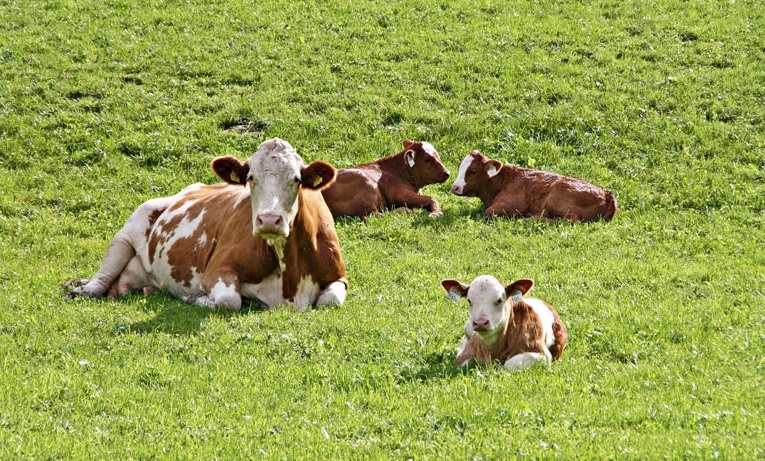05 Dec 2023
| Sally Wilson
As we prepare for the new vet attestation requirements coming into force next week, Sally Wilson, Vet and Director at Evolution Farm Vets, shares her experience with the new process and some key points to keep in mind.
From 13 December 2023, farmers in England, Wales and Scotland selling livestock to markets or abattoirs must have a veterinary attestation number (VAN). This means that, unless they are a member of a scheme such as Red Tractor (see full list of exemption schemes in FAQ 4) they must have had a veterinary visit within the previous 12 months.
Having been involved with the development of this obligatory process since its inception, and having introduced this to our farmers, I understand that it can be a complicated process to communicate, which is often considered by the farmers to be unnecessary and therefore burdensome.
On a practical level, this is true. But unfortunately, it is a legal requirement from the EU that we have to comply in order to maintain trade. Once farmers appreciate that we are trying to help them, rather than trying to make their lives more difficult, they generally become more understanding!
Here are some key points to keep in mind:
- The aim of the attestation is to show that the farm has regular vet visits. The vet doesn’t need to examine the specific animals that are going to market. Indeed, the animals going to market don’t need to be present on farm at the time of the visit, as long as it took place within the preceding 12 months. This is because the purpose of the visit is to assess the farm and the biosecurity systems as well as the animal health at a herd or flock level.
- The farmer can be assured that the vet doesn’t have to attend the farm for this purpose alone. Therefore, the form can be completed after any type of visit, eg routine fertility visit, TB test.
- Check whether they are already part of an Assurance scheme such as Red Tractor (see full list in FAQ 4). If not, they should have had a vet visit within the 12 months prior to 13 December 2023. If you have already visited within that time, that visit can count and you can create a VAN from that date.
- If they have had or plan to have a Defra Animal Health and Welfare Pathway review visit, this will also count and you should include the VAN in the final report when completing a review.
- If they are selling in a UK market to UK buyers, they shouldn’t assume that some parts of the animal won’t be exported. Therefore, unless they are selling directly to the local village butcher, or similar, it is advisable to obtain a VAN so their stock will not be down-valued.
- Ensure you know how to create a VAN. It is made up of your RCVS number, the CPH number of the farm and the date of the visit.
- Know where to obtain the form. You can find it on the Defra website here.
- Ensure the farmer knows what to do with the VAN number. The paper copy that you give to the farmer should stay on the farm. The VAN should “go with the animal” and be put on the Food Chain Information (FCI) along with the other standard required information. You should reassure the farmer that you will keep a copy of the form on your records at the practice.
- If there is more than one species on the farm, the one attestation certificate will cover them all.
- It is important that the farmer understands that, if they operate more than one site under the same CPH number, each of the premises should be visited in order for you to issue the certificate.
Although it is unlike other certification we are more used to where we certify animals, it is possible to make it quite simple for the farmer. It is also a good reason to make contact with hard-to-reach clients, who can often be the ones who could benefit most from our help.
